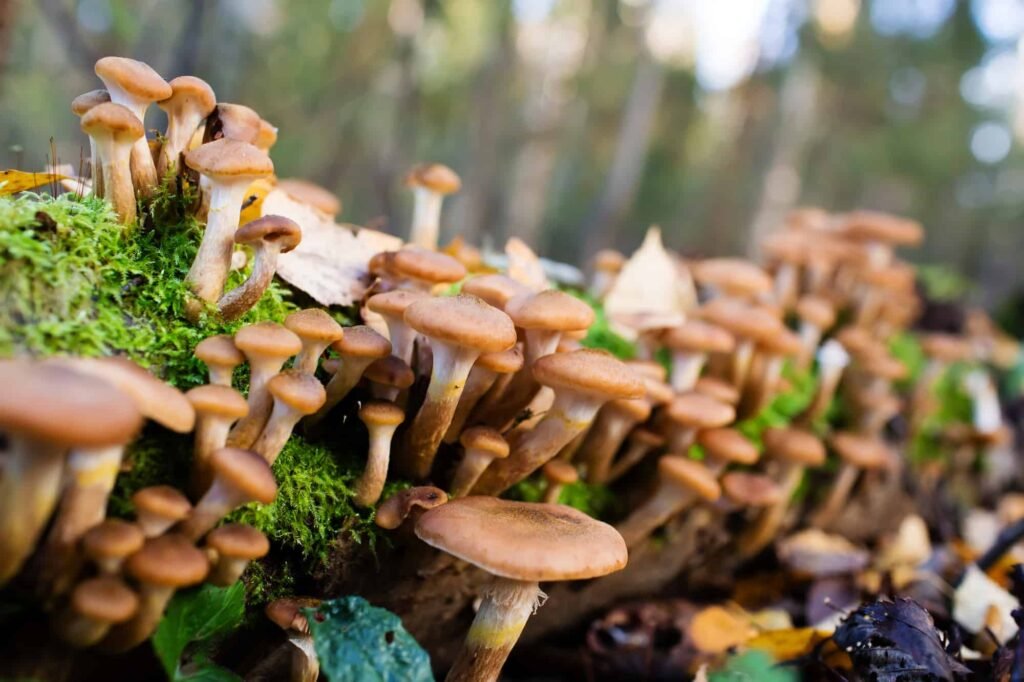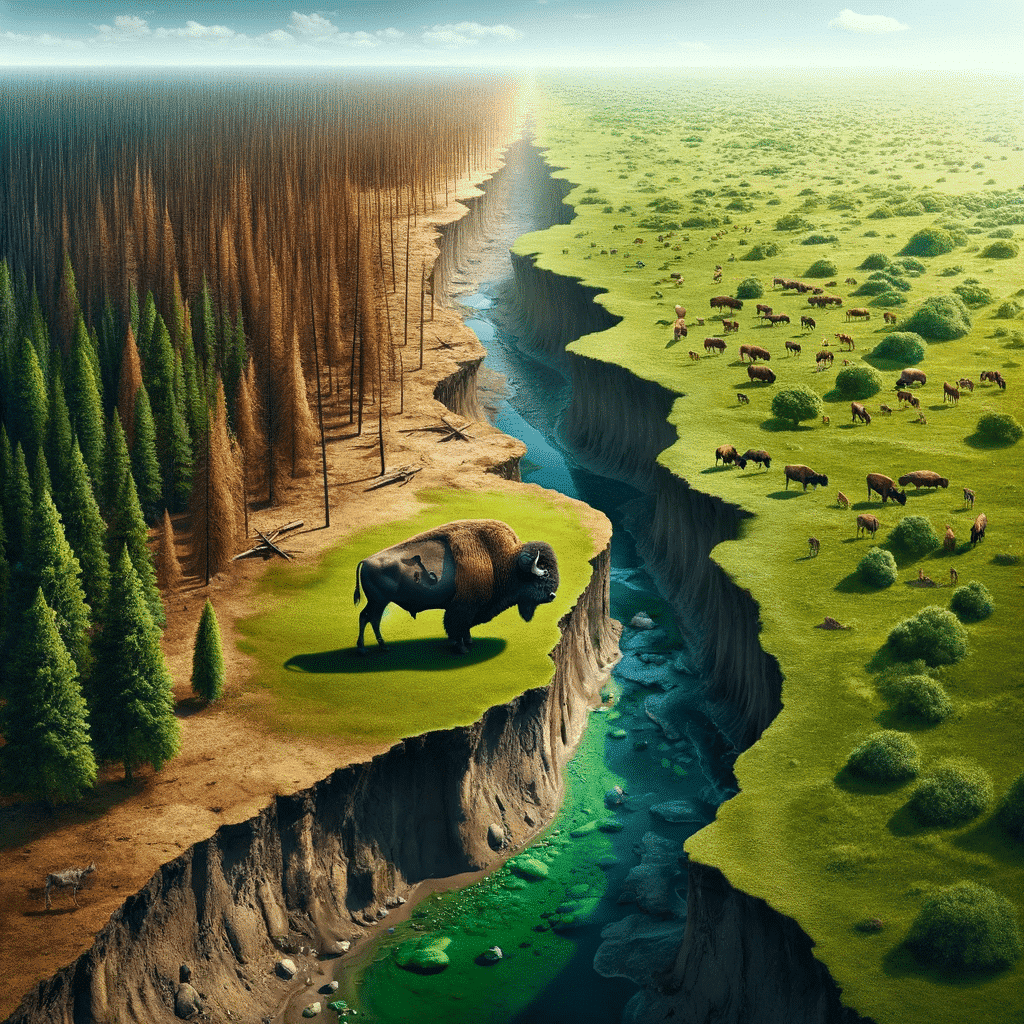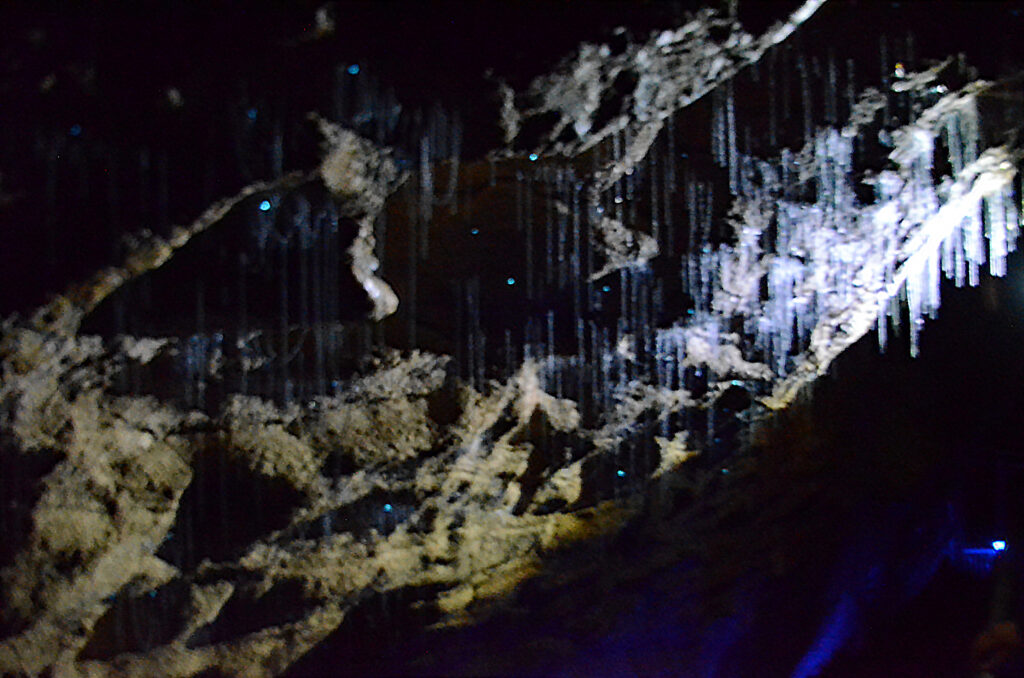The realm of animal science is as vast as it is intricate, with each discovery unlocking a new layer of understanding about the creatures we share this planet with. Over the years, revolutionary discoveries have challenged and enhanced our perception of biology, ecology, and the intricate web of life. This article delves into eight groundbreaking findings that have significantly altered our understanding of nature, showcasing the marvels of animal science and the continual evolution of our knowledge.
Darwin’s Theory of Evolution: A Paradigm Shift

The publication of Charles Darwin’s “On the Origin of Species” in 1859 marked a pivotal turning point in biological sciences. Darwin’s theory of evolution by natural selection provided a cohesive explanation for the diversity of life on Earth, fundamentally altering how scientists understand and study animals. This concept laid the foundation for modern biology and ecology, presenting the idea that all species are connected through evolutionary history.
DNA: The Blueprint of Life

The discovery of DNA’s double helix structure by James Watson and Francis Crick in 1953 revolutionized genetics and animal science. Understanding that DNA carries genetic information essential for inheritance, development, and functioning has reshaped our approach to studying animals. This discovery has paved the way for genetic engineering, cloning, and a deeper insight into hereditary diseases in both animals and humans.
The Microbiome: Ecosystems Within

The concept of the microbiome, the collection of microorganisms living symbiotically within animals, has redefined our understanding of health and disease. Studies revealing the intricate relationship between animals and their microbial inhabitants have highlighted the microbiome’s critical role in digestion, immune function, and even behavior. This discovery emphasizes the importance of bacteria and other microorganisms in maintaining animal health.
Animal Cognition: More Than Instinct

Research into animal cognition has unveiled astonishing levels of intelligence and emotional capacity in non-human species. Discoveries such as tool use in birds and primates, problem-solving in octopuses, and empathy in elephants have blurred the lines between instinct and intelligence. These findings challenge previous assumptions about animal minds and illustrate the complexity of animal behaviors and societal structures.
Ecological Roles: Keystone and Indicator Species

The concept of keystone and indicator species has transformed our approach to ecology and conservation. Keystone species play a critical role in maintaining the structure of an ecosystem, influencing the types and numbers of other species in the habitat. Indicator species help scientists assess the health of an ecosystem. Recognizing these roles informs conservation efforts and highlights the interconnectedness of all living organisms within an ecosystem.
Migration Mysteries Solved: GPS and Tracking

The advent of satellite tagging and GPS technology has revolutionized our understanding of animal migration patterns. By tracking individual animals across daunting distances, scientists have gained insights into migration routes, breeding grounds, and the effects of climate change on migratory species. This technology has provided crucial data for protecting habitats and ensuring the survival of migratory species in a changing world.
Behavioral Ecology: Understanding Social Structures

Advancements in behavioral ecology have shed light on the social structures and interactions among animal populations. Studies on species such as wolves, dolphins, and meerkats have shown complex social hierarchies and communication methods, which play critical roles in survival and reproduction. These insights contribute to our broader understanding of social behaviors and their ecological impacts.
Climate Change: Impact on Animal Behavior and Physiology

The ongoing research into the effects of climate change on animal behavior and physiology has emphasized the urgency of environmental action. Observations show alterations in breeding seasons, migration patterns, and even physical adaptations as animals respond to shifting climates. These findings stress the importance of understanding environmental challenges to formulate effective conservation strategies.
Conclusion: The Future of Animal Science

These eight revolutionary discoveries not only highlight the incredible complexity and adaptability of animals but also underscore the dynamic nature of scientific inquiry. As research methods and technologies evolve, our understanding of animals and their ecosystems continues to grow, urging us to preserve the delicate balance of nature. By embracing these discoveries, we equip ourselves with the knowledge necessary to protect and coexist with the myriad of species sharing our world.




